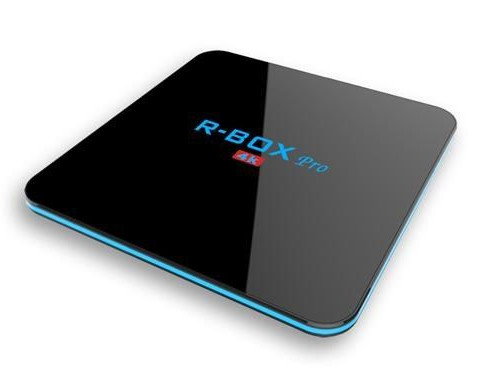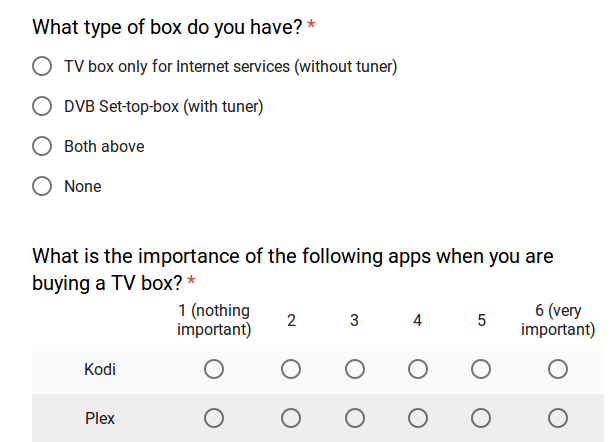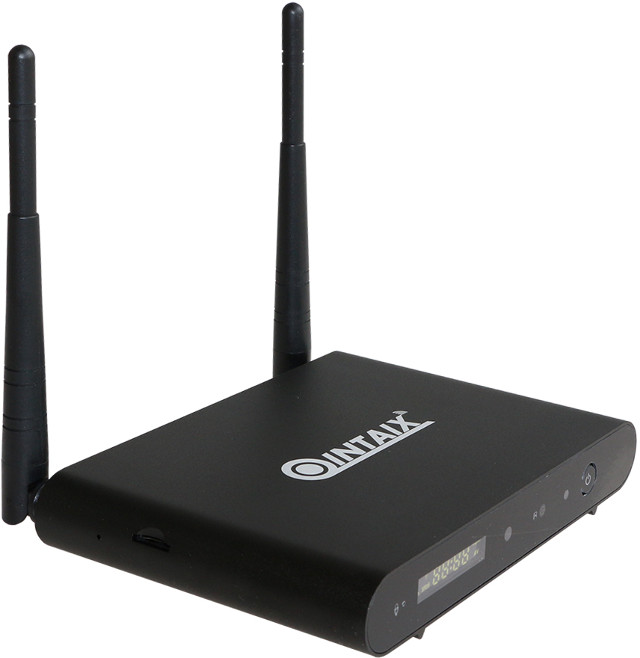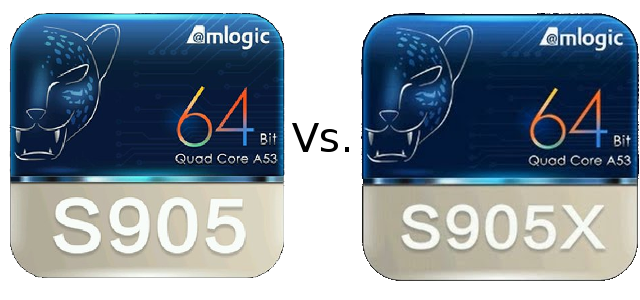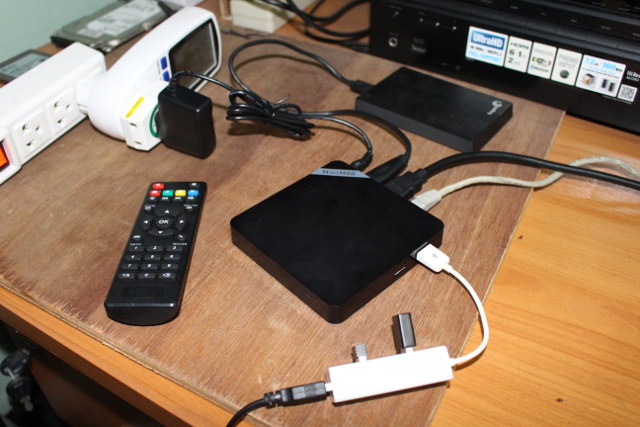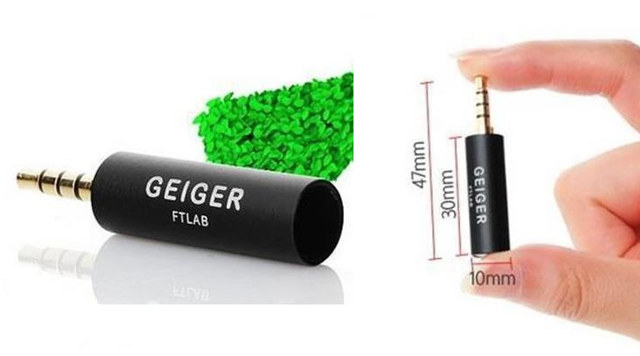The vast majority of TV boxes on the market only come with 1 or 2GB RAM, although some Rockchip RK3288 based devices ship with up to 4GB RAM, such as Nagrace HPH NT-V6, but so far the maximum I could see only 64-bit ARM platforms was 2GB RAM. R-BOX Pro changes that with an Amlogic S912 processor with 2 or 3GB RAM and 16GB flash. R-BOX Pro specifications: SoC – Amlogic S912 octo-core ARM Cortex A53 processor @ up to 2.0GHz with ARM Mali-820MP3 @ up to 750MHz System Memory – 2 or 3 GB DDR3 Storage – 16GB eMMC flash + micro SD slot up to 32GB Video Output – HDMI 2.0a with HDR and CEC support up to 4K @ 60 fps, and AV port for composite output Audio Output – HDMI, AV (stereo audio), and optical S/PDIF Video codecs – VP9-10 profile 2 up to 4K @ […]
Embedded Android (Marshmallow) and Brillo / Weave Internals Presentation Slides
Karim Yaghmour – founder of Opersys, a company specializing in Embedded Linux and Android training and development – is currently at Android Devcon 2016 were he gave a full day Embedded Android Workshop on August 1st, as well as a separate 1+ hour talk about Brillo/Weave internals on August 2, and more talks scheduled on the next two days about Android memory management, debugging and development, and Project Ara. He has just released the presentation slides on Slideshare, with the first “Embedded Android Workshop with Marshmallow” presentation totaling 175 pages, and dealing with Linux and Android concepts, overall architecture, system startup, the Linux kernel, hardware support, native user-space, Java for Android, JMI, AOSP, and more… The second presentation is much shorter with 29 slides, and deals specifically with Brillo / Weave internals including Embedded Linux, Android, Binder, DBUS, HAL, the source tree architecture, and so on. While you’d probably learn […]
How to Set an Android TV Box Video Output to Portrait Mode
Most buyers who buy an Android TV box just want to use it to watch videos, browse the web, play games, and so on, so landscape mode seems to be the best choice, and the orientation option in the firmware is often disabled. However, TV boxes can also potentially be used as digital signage players, which may require landscape or portrait modes if the screen is positioned vertically. Since I’ve just been asked that question, I’ve checked for a solution, and luckily there’s an app called Set Orientation that does the job. [Update August 2021: The app has been removed from the Google Play store, it might be worth trying Screen Rotation Control app instead] When you first start the app, it will show the option “Disabled”, but you can click on the arrow to reveal more options, and select Portrait to rotate the screen. In case the screen is […]
Have Your Say with this Android TV Box Survey (and Potentially Win One)
While you probably know what you want in an Android TV box, it’s quite difficult to find out what the market wants exactly, so I’ve been asked to run a short survey about Android TV boxes, the importance of Android apps like Kodi, Plex, or Netflix, brands, and support. It will run for about 7 days, the results will be public, so I’ll post them once they become available. The survey is short – 5 questions -, and anonymous, except if you want to participate in the lucky draw to win one Android TV box, as you have to leave an email address. Jean-Luc Aufranc (CNXSoft)Jean-Luc started CNX Software in 2010 as a part-time endeavor, before quitting his job as a software engineering manager, and starting to write daily news, and reviews full time later in 2011. www.cnx-software.com
QINTAIX Q912 Android TV Box is Powered by Amlogic S912 Octa-core SoC
I published pictures of Amlogic S912 TV box boards just over a month ago, and it appears companies have started to take orders from resellers for Amlogic S912 TV boxes with products such Videostrong KM8 Pro, or the one I’m going to cover in this post: QINTAIX Q912. QINTAIX Q912 specifications: SoC – Amlogic S912 octa-core ARM Cortex A53 processor @ up to 2.0GHz with ARM Mali-820MP3 @ up to 750MHz System Memory – 2GB DDR3 Storage – 8GB or 16GB eMMC flash + micro SD slot Video Output – HDMI 2.0 and AV ports Audio Output – HDMI, AV, and optical S/PDIF Video codecs – VP9 profile 2 up to 4K @ 60 fps, H.265 MP-10@L5.1 up to 4K 60fps, H.264 AVC up to 4K @ 30 fps, H.264 MVC up to 1080p60, MPEG-4, WMV/VC-1 SP/MP/AP, AVS-P16(AVS+)/AVS-P2 JiZhun Profile, MPEG-2 MP/HL, MPEG-1 MP/HL, and RealVIDEO 8/9/10 all up to […]
Amlogic S905 vs S905X Benchmarks Comparison
We’ve already compared the main features between Amlogic S905, Amlogic S905X and Amlogic S912, with Amlogic S905X being an upgrade of Amlogic S905 with the same quad core Cortex A53 cores and Mali-450MP GPU but adding VP9 hard ware decoding, HDR support, and integrating 10/100 Ethernet PHY and audio codec to lower the cost. The CPU frequency was also said to be lowered to 1.5 GHz in early document, but TV manufacturers keep promoting Amlogic S905 as a 2.0 GHz processor, and I noticed CPU-Z and Antutu also reported the maximum frequency to be 2.02 GHz. In that case the performance should be about the same for both processors. Let’s find out by comparing benchmark results between Amlogic S905 based MINIX NEO U1 (Android 5.1) and Amlogic S905X powered MINI M8S II (Android 6.0) using Antutu 6.x, Vellamo 3.x, and 3DMark Ice Storm Extreme 1.2. A ratio greater than one […]
Mini M8S II TV Box (Amlogic S905X) Review – Part 2: Android 6.0 Firmware
Mini M8S II is one of the first Amlogic S905X TV box to hit the market, with the new processor adding 4K VP9 hardware video decoding and HDR support compared to Amlogic S905 processor. I’ve already taken pictures of the device and torn it apart to check its hardware & thermal design in the first part of the review, and in the second part, I’ll boot it up, check performance, features, and video playback capabilities. First Boot, Settings and First Impressions I plugged-in a USB hard drive into one USB port, but since the device only fetures two ports, I had to use a USB hub to connect two RF dongles for MINIX NEO A2 Lite air mouse, and Tronsmart Mars G01 gamepad, as well as a USB keyboard to take screenshots. I completed the hardware setup by connecting HDMI & Ethernet cables before starting the device by connected the […]
FTLAB FSG-001 is a $30 Geiger Counter / Radiation Detector for Android & iOS Smartphones
I’ve just read an article on Tizen.org about Samsung and Intersoft Eurasia collaboration about a “personal radiation monitoring device DO-RA” sending data over Bluetooth 4.0 LE. But a visit to their website showed other models such as DO-RA-Q using a 3.5mm audio jack, and compatible with smartphone, and Windows & Linux computer. I could not find any of their devices for sale, so I searched for some alternatives, and I found FTLAB FSG-001 radiation counter on Aliexpress, Amazon and eBay selling between $30 and $40. FTLAB FSG-001 Geiger counter specifications: Radiation measurement of: gamma, X-rays Measurement range – 0.1 to 200 μSv/h Measurement error – <30% within a given deviation between Dimensions – Φ10 x 30 mm (total length: 47mm with 3.5mm audio jack) Weight – 6 grams Operating temperature – 10 to 40 ℃ You’ll need to plug the dongle into your smartphone audio jack, and download FTLAB “SmartGeiger” […]


